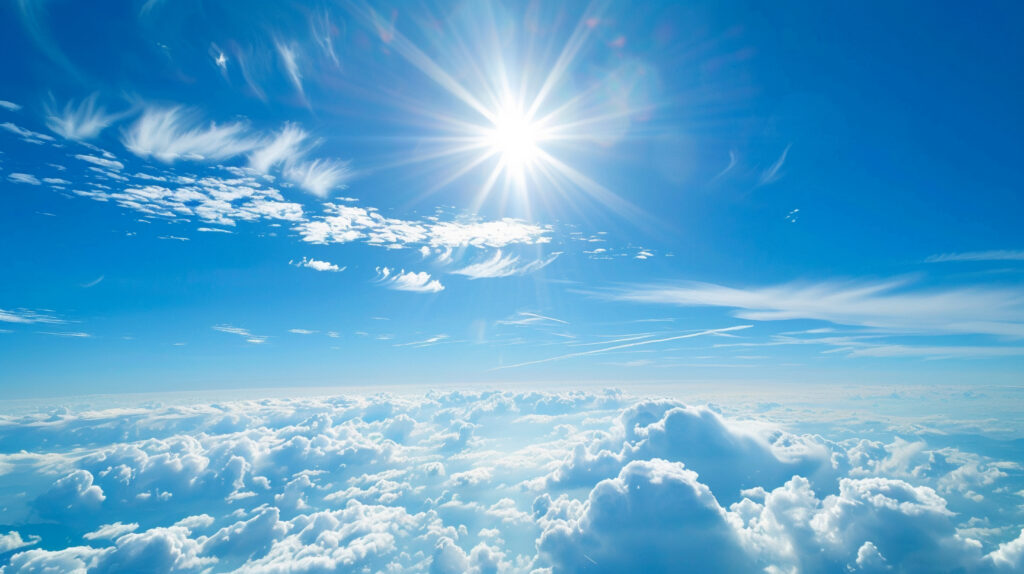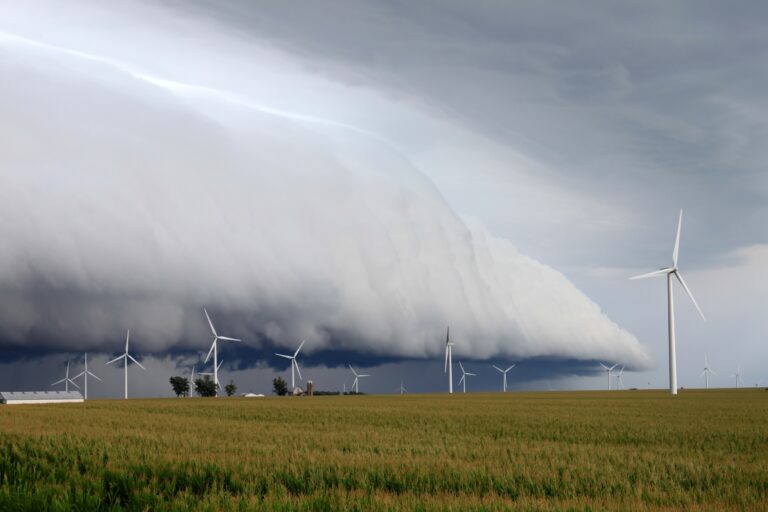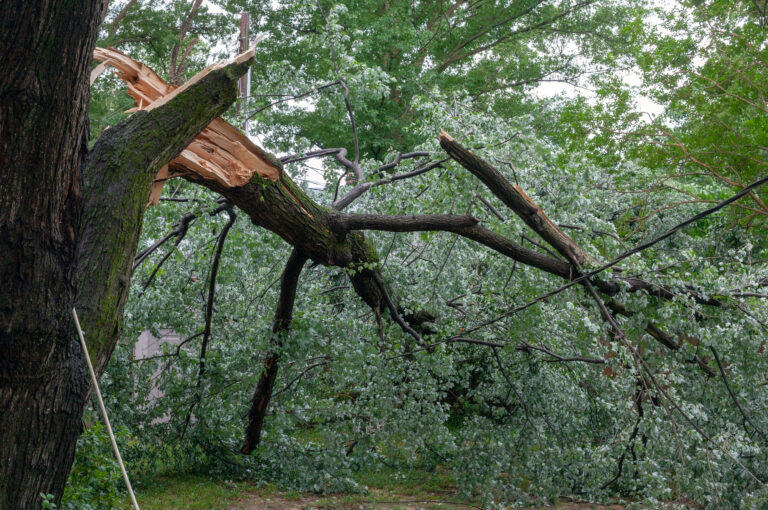What Is the Ozone Hole?
The ozone layer is a protective shield in Earth’s stratosphere that absorbs harmful ultraviolet (UV) radiation from the sun. In the 1980s, scientists discovered that this crucial layer was thinning over Antarctica, creating what became known as the “ozone hole.” This alarming depletion was primarily caused by human-made chemicals called chlorofluorocarbons (CFCs), commonly found in aerosol sprays, refrigerants, and industrial solvents.
The loss of ozone posed a serious threat, increasing the risk of skin cancer, cataracts, and ecosystem damage due to excessive UV exposure. However, thanks to global cooperation and swift action, the ozone layer is now on a path to recovery—proving that collective environmental efforts can lead to real change.
The Montreal Protocol: A Global Success Story
In response to the ozone crisis, world leaders took unprecedented action. In 1987, the Montreal Protocol on Substances That Deplete the Ozone Layer was signed. This landmark treaty aimed to phase out the production and use of CFCs and other ozone-depleting substances (ODS). Unlike many environmental agreements that face enforcement challenges, the Montreal Protocol was widely adopted and strictly implemented.
The results have been remarkable. Scientists report that the ozone layer is gradually repairing itself, with projections indicating that it could return to pre-1980 levels by the middle of the 21st century. This success demonstrates that when countries unite behind a common environmental goal, meaningful progress is possible.
How the Ozone Layer Is Healing
Decades of global efforts have led to measurable improvements in the ozone layer’s health. Satellite data and atmospheric studies show:
- A decrease in ozone-depleting chemicals: The levels of CFCs and other harmful compounds in the atmosphere have significantly dropped.
- Gradual shrinking of the ozone hole: Each year, scientists observe a reduction in the size and severity of the Antarctic ozone hole.
- A stronger ozone layer worldwide: While the most dramatic depletion occurred over Antarctica, ozone recovery is happening globally, reducing harmful UV radiation exposure.
This turnaround proves that science-driven policies and international cooperation can lead to significant environmental improvements.
Why the Ozone Recovery Matters
The healing of the ozone layer is more than just an atmospheric success—it has real-world benefits for human health and the environment. The reduction of UV radiation:
- Lowers skin cancer rates: With less UV exposure, the risk of skin cancer and cataracts declines.
- Protects ecosystems: Many plants, animals, and marine organisms are vulnerable to excessive UV radiation. A healthier ozone layer helps maintain biodiversity.
- Supports climate action: Some banned ozone-depleting substances were also potent greenhouse gases. By eliminating them, the Montreal Protocol has indirectly contributed to slowing global warming.
What the Ozone Recovery Teaches Us About Climate Action
The success of the Montreal Protocol offers a blueprint for tackling today’s environmental challenges, including climate change. It shows that:
- Science-based policies work: When decisions are guided by scientific research, they lead to effective solutions.
- Global cooperation is essential: Environmental issues cross national borders, requiring unified efforts from governments, industries, and individuals.
- Action must be taken before it’s too late: Addressing environmental crises early can prevent irreversible damage.
The ozone recovery is proof that when humanity prioritizes environmental health, we can reverse damage and protect our planet for future generations.
Looking Ahead: Continuing the Fight for a Sustainable Future
While the ozone layer’s healing is a success story, continued vigilance is necessary. Some unregulated chemicals still pose a threat, and new challenges like climate change demand urgent action. However, the Montreal Protocol’s achievements provide hope that, with the right strategies and commitment, we can address other environmental issues—proving that global action truly has the power to change the world.


